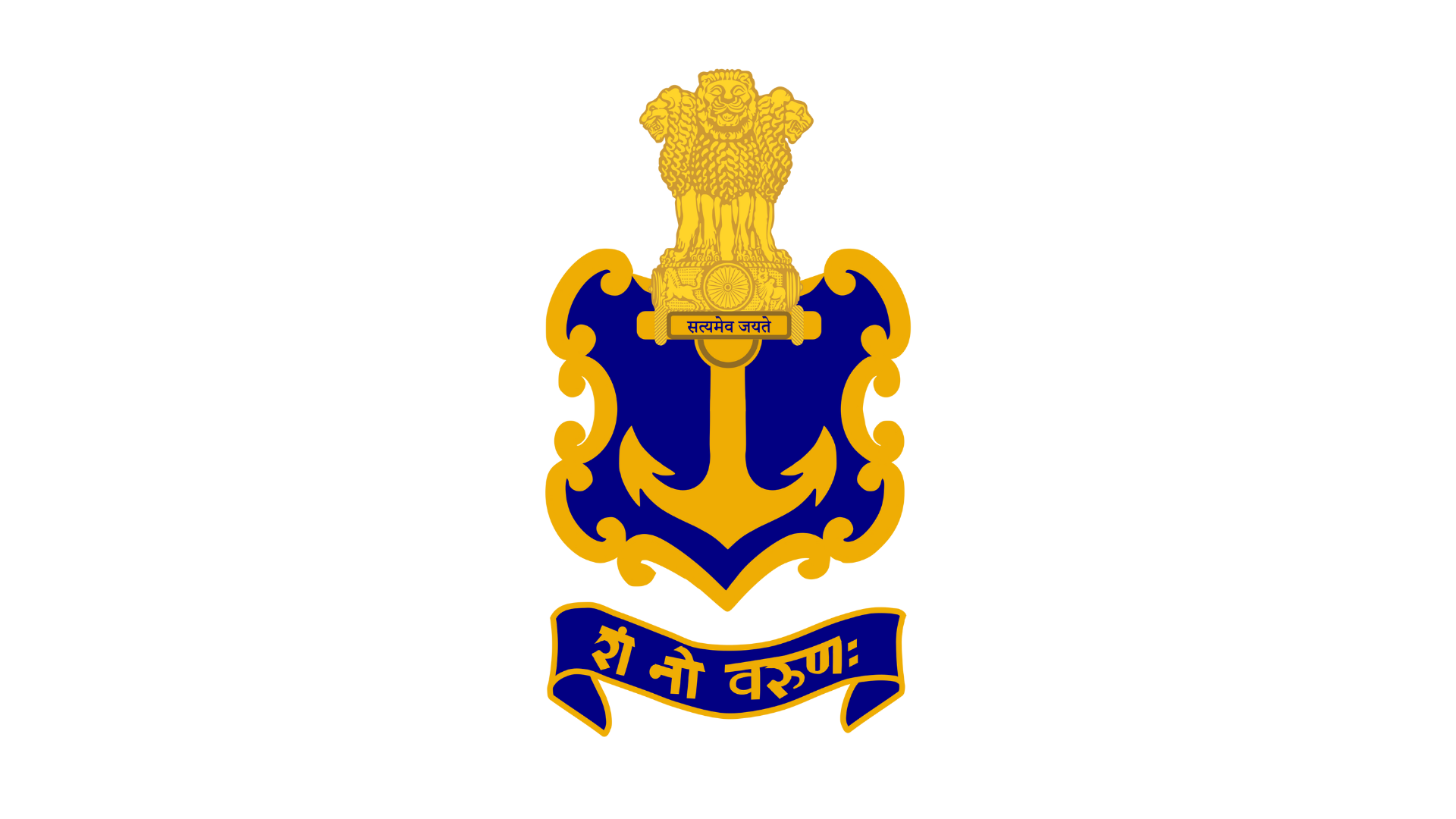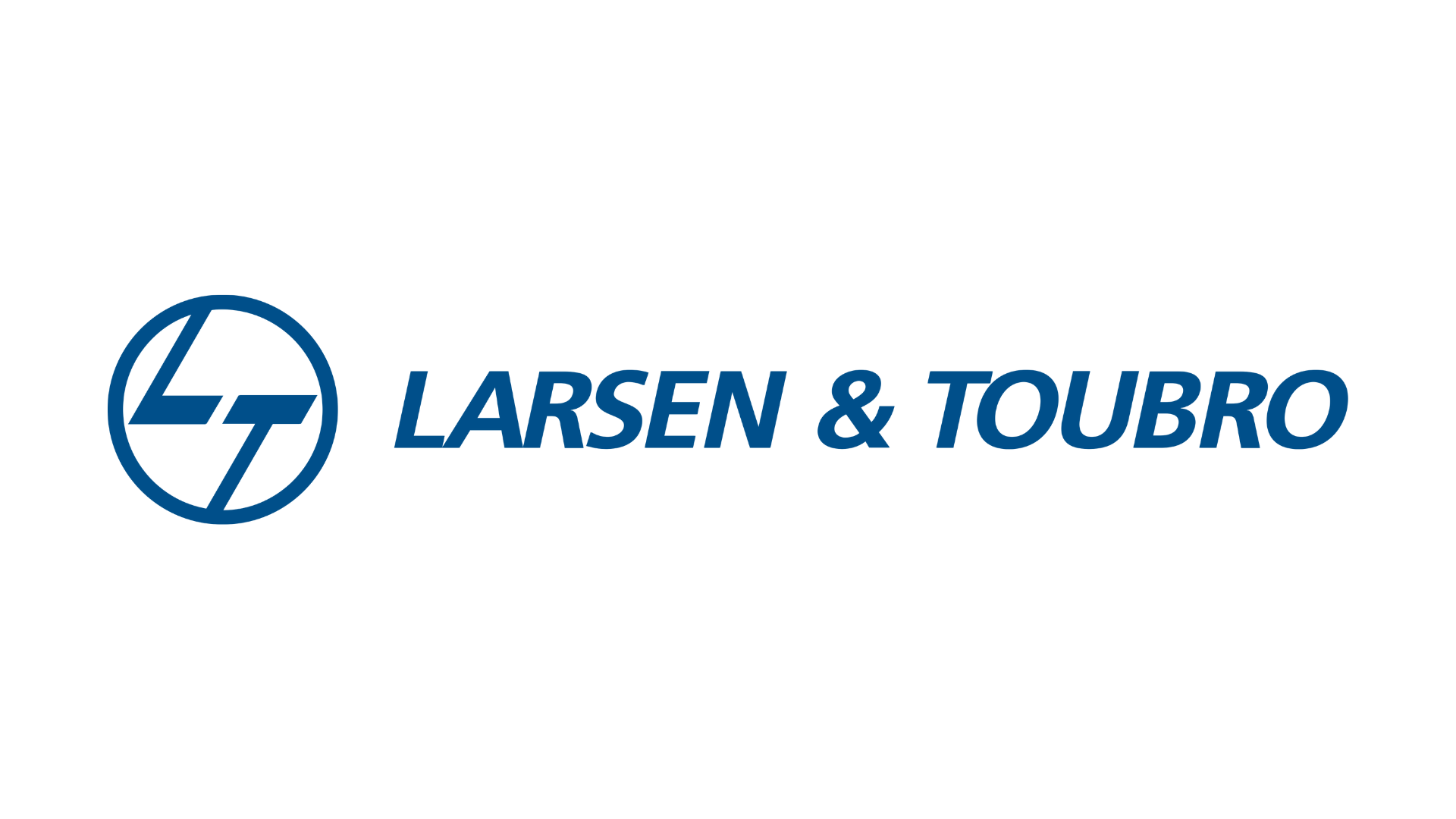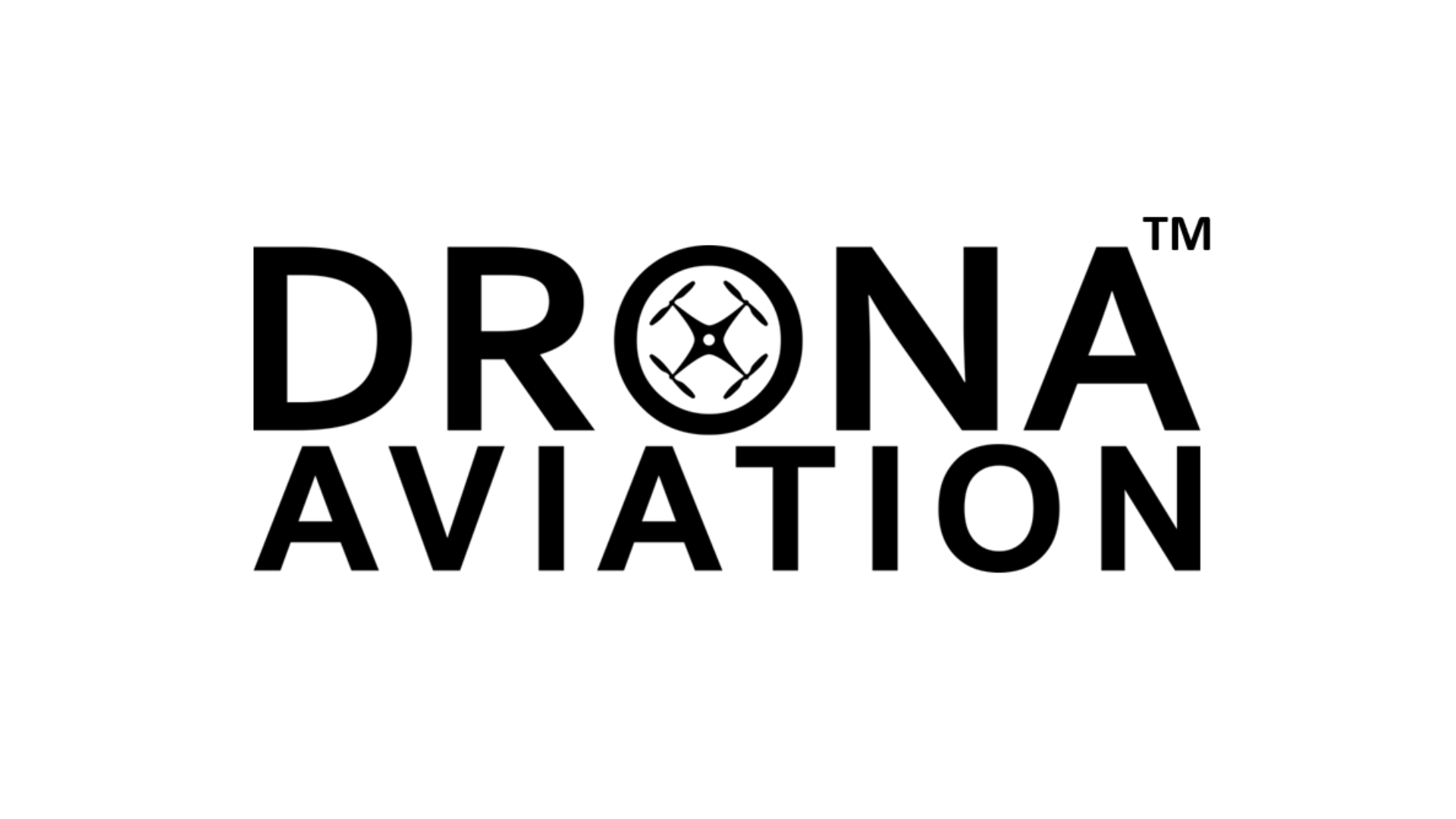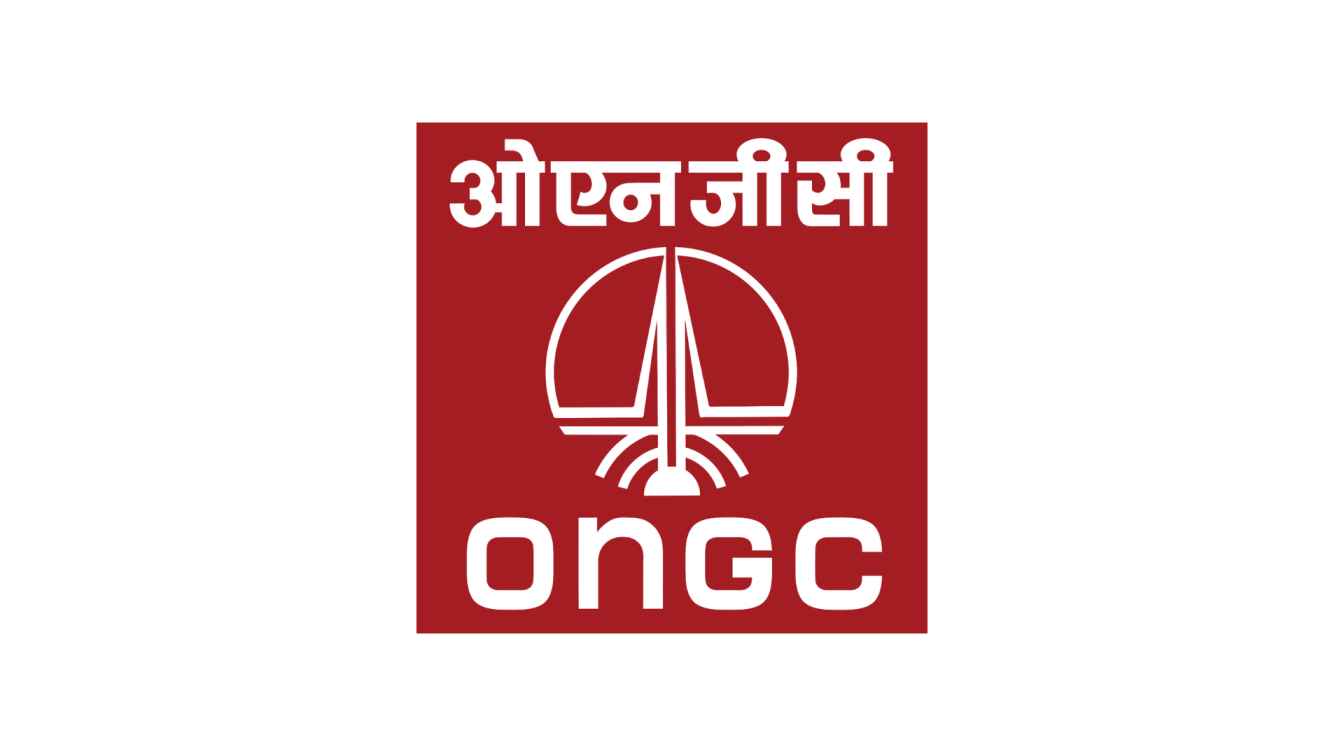2011: Inception
Team AUV-IITB was born in 2011 out of the efforts of a group of highly enthusiastic students who were passionate to explore the field of underwater robotics and autonomous systems.
2012: Matsya 1
Matsya 1 was the first AUV designed and built by our team with a goal to develop a state of the art AUV. It was the first AUV entered by our team in the Robosub competition. Matsya 1 was the lightest AUV in Robosub 2012.
2016: Runners up at RoboSub
From 2015-2020, our team was the best performing Indian AUV team at every RoboSub. Our team was the runner-up at RoboSub 2016, among 46 teams from 9 different countries. We were also the best performing Asian AUV team.
2017: First team to take 2 AUVs
Our team was among the finalists and ranked 7th at RoboSub 2017. Our team also became the first-ever to take 2 AUVs to one competition.
2017 & 2019: Dominance at NIOT SAVe
Our team bagged the first position at NIOT SAVe consecutively for 2 years in 2017 & 2019. We were also among the semi-finalists at Robosub 2019.
2020: Janes Feature
Our team ranked overall 7th at RoboSub and 3rd in the Video category. We were featured in Janes the world's most reputed defence journal. Invited to present a research paper in the prestigious International Conference INEST India 2020, INS Shivaji, Lonavala before the Chief of Navy and International marine specialists.
2021: Young Researcher Award by
IEEE OES
Our team received the Young Researcher Award by IEEE OES. In RoboSub, we won prestigious awards in 3 out of the 4 categories. We secured 2nd rank in the Video category, 4th rank for TDR and 6th rank in the Website category in RoboSub 2021.
2022 & 2023: Best Wildcard Entry
At Robosub 2022, the team secured 7th place overall and was awarded the Best Wildcard Entry, along with achieving 3rd place in the Video Presentation category for effectively showcasing the design and mission strategy. Building on that success, the team advanced to the finals at Robosub 2023, finishing 10th overall, reflecting consistent global performance and continued technical innovation.
2024: An excellent performance
At Robosub 2024, the team delivered one of its strongest performances yet, with a remarkable 4th place finish in the finals, showcasing the AUV’s robust real-world task execution, autonomous stability, and mission strategy. Additionally, the team secured 1st place in the Technical Design Report (TDR).



